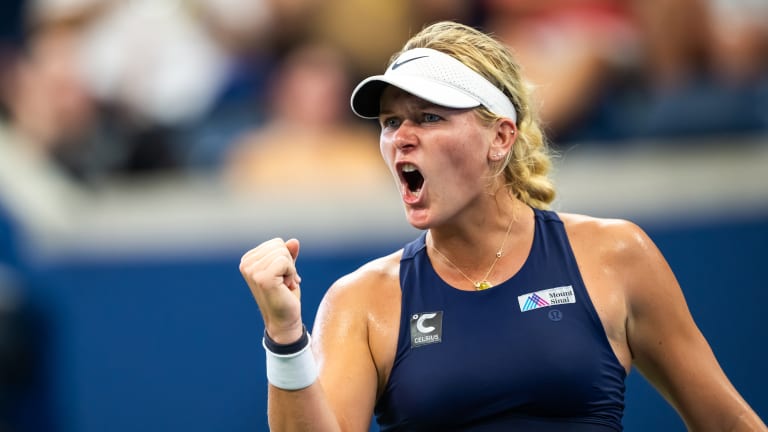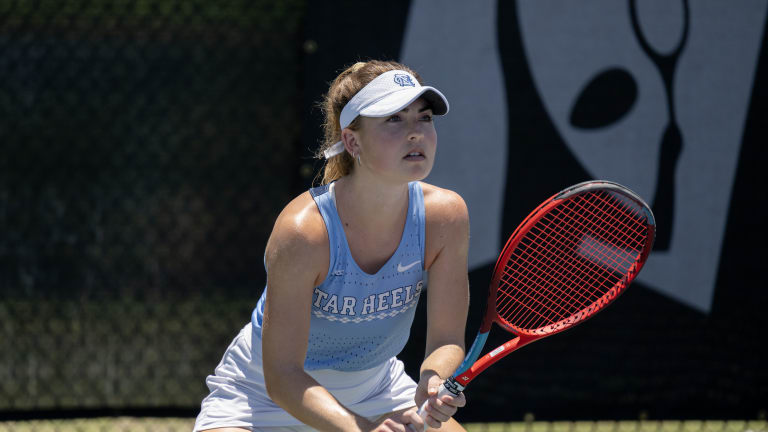US Open
Ben Shelton and Peyton Stearns are giving it the New College Try in the pros
By Sep 05, 2023US Open
Aryna Sabalenka: Grigor Dimitrov “begged” me to play US Open mixed doubles
By Jun 19, 2025US Open
US Open breathes new life into mixed doubles format with Fan Week revamp
By Jun 18, 2025US Open
Carlos Alcaraz-Emma Raducanu among top tier US Open mixed doubles pairs
By Jun 17, 2025US Open
US Open revamps mixed doubles format, adds $1 million prize to incentivize "biggest names in the sport"
By Feb 11, 2025US Open
US Open adds a 15th day, moves to Sunday start in 2025
By Jan 29, 2025US Open
Post-2024 US Open WTA storylines: The Age of Aryna; what's next for Swiatek and Gauff?
By Sep 09, 2024US Open
Post-2024 US Open ATP storylines: The race between Alcaraz and Sinner for No. 1 ... and more
By Sep 09, 2024US Open
Jannik Sinner’s US Open title run won’t clear the air around him entirely
By Sep 09, 2024US Open
Taylor Fritz fails in US Open final, but hope springs for American men's tennis
By Sep 09, 2024Ben Shelton and Peyton Stearns are giving it the New College Try in the pros
The Americans are just the latest former collegiate players adding charisma and competitive grit to the tours.
Published Sep 05, 2023
Advertising
Advertising

“People are screaming at all times,” Ben Shelton says of the rowdy college game he left behind.
© Getty Images
Advertising
Advertising
Advertising

Peyton Stearns took the first set over Wimbledon champion Marketa Vondrousova before her Cinderella US Open run ended in the fourth round. “Now I have to make a new goal,” says the 21-year-old, who will crack the Top 50.
© 2023 Robert Prange
Advertising

"This is very different than college tennis," Fiona Crawley said of her brush with the pro game. "As hard as I try to turn it into a dual match, it definitely feels different."
© NCAA Photos via Getty Images